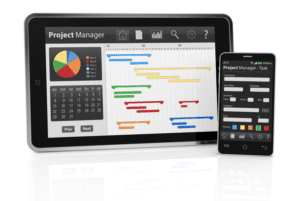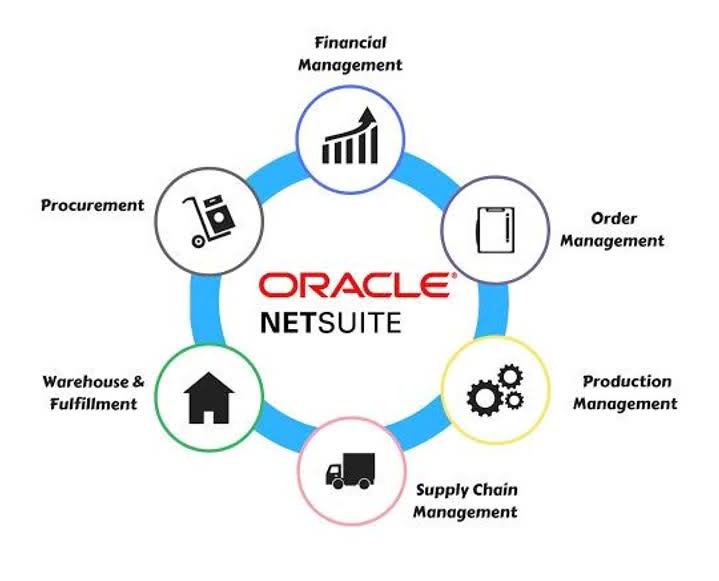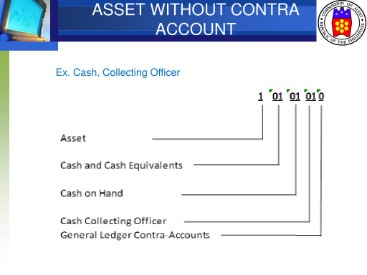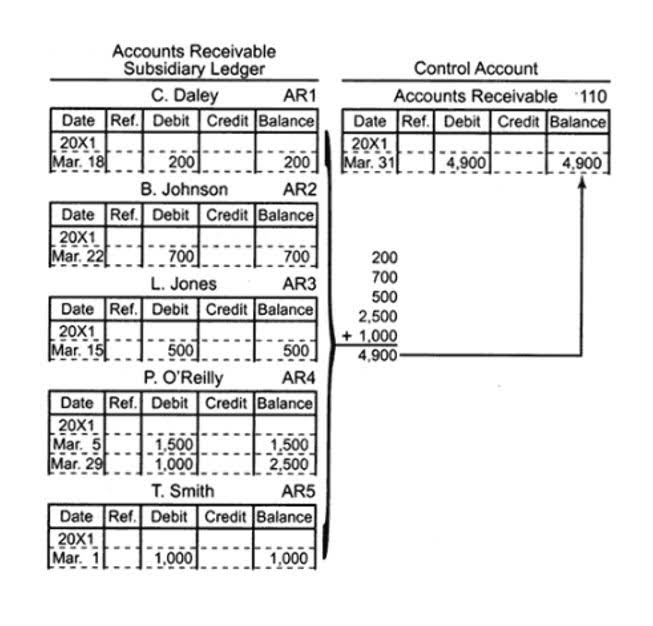What Is the Contribution Margin Ratio Formula and How Is It Used?
Thus, Dobson Books Company suffered a loss of $30,000 during the previous year. The contribution margin ratio refers to the difference between your sales and variable expenses expressed as a percentage. That is, this ratio calculates the percentage of the contribution margin compared to your company’s net sales.
Fixed costs stay the same regardless of the number of units sold, while variable costs change per unit sold. The fixed costs of $10 million are not included in the formula, however, it is important to make sure the CM dollars are greater than the fixed costs, otherwise, the company is not profitable. A company has revenues of $50 million, the cost of goods sold is $20 million, marketing is $5 million, product delivery fees are $5 million, and fixed costs are $10 million. The concept of this equation relies on the difference between fixed and variable costs.
The electricity expenses of using ovens for baking a packet of bread turns out to be $1. Take your learning and productivity to the next level with our Premium Templates. Get instant access to video lessons taught by ala, divisions and round tables committee volunteer form experienced investment bankers.
The contribution margin is important because it gives you a clear, quick picture of how much „bang for your buck“ you’re getting on each sale. It offers insight into how your company’s products and sales fit into the bigger picture of your business. If the contribution margin for a particular product is low or negative, it’s a sign that the product isn’t helping your company make a profit and should be sold at a different price point or not at all. It’s also a helpful metric to track how sales affect profits over time. Variable expenses directly depend upon the quantity of products produced by your company. For example, if the cost of raw materials for your business suddenly becomes pricey, then your input price will vary, and this modified input price will count as a variable cost.
What is contribution margin, and how to calculate it
However, you have to remember that you need the $20,000 machine to make all those cups as well. Crucial to understanding contribution margin are fixed costs and variable costs. You may need to use the contribution margin formula for your company’s net income statements, net sales or net profit sheets, gross margin, cash flow, and other financial statements or financial ratios. A contribution margin represents the money made by selling a product or unit after subtracting the variable costs to run your business. Tracking your contribution margin ratio helps you make smarter business decisions and increase profitability. With Xero, you can easily monitor the key numbers that drive your success—helping you control costs, set better prices, and grow your bottom line.
However, these fixed costs become a smaller percentage of each unit’s cost as the number of units sold increases. The contribution margin is computed as the selling price per unit, minus the variable cost per unit. Also known as dollar contribution per unit, the measure indicates how a particular product contributes to the overall profit of the company. The contribution margin is the leftover revenue after variable costs have been covered and it is used to contribute to fixed costs.
What Is a Good Contribution Margin Ratio?
- Such fixed costs are not considered in the contribution margin calculations.
- Contribution margin is the remaining earnings that have not been taken up by variable costs and that can be used to cover fixed costs.
- If costs here are eating into your margins, explore alternatives.
- It’s also important to analyze the impact of sales commissions or team incentives, ensuring they don’t affect the contribution margin and overall business profit.
- As mentioned above, the per unit variable cost decreases with the increase in the level of production.
Automate processes, set spending limits by team, and monitor all expenses in real time – all in a single platform. Effective financial control is essential for achieving operating profit. By managing payments and expenses strategically, businesses can reduce unnecessary costs, allocate resources more efficiently, and strengthen their financial foundation.
That’s why it’s a central metric in product viability analysis, pricing, financial forecasting, and strategic planning. Your 2 ways to increase profit margin with value variable costs in a subscription model might include payment processing fees, customer support costs, and any physical products you ship. But you also need to consider churn rates—if customers cancel quickly, you might not recoup your acquisition costs even with positive contribution margins. ” That tells you whether the product will help cover your fixed costs and lead to profits—or whether it’ll just drain your resources.
Breakeven Analysis
Fixed costs are often considered sunk costs that once spent cannot be recovered. These cost components should not be considered while making decisions about cost analysis or profitability measures. Another common example of a fixed cost is the rent paid for a business space. A store owner will pay a fixed monthly cost for the store space regardless of how many goods are sold. In the Dobson Books Company example, the contribution margin for selling $200,000 worth of books was $120,000. This means the higher the contribution, the more is the increase in profit or reduction of loss.
Below is a break down of subject weightings in the FMVA® financial analyst program. As you can see there is a heavy focus on financial modeling, finance, Excel, business valuation, budgeting/forecasting, PowerPoint presentations, accounting and business strategy. The higher a product’s contribution margin and contribution margin ratio, the more it adds to its overall profit. In the same case, if you sell 100 units of the product, then contributing margin on total revenue is $6,000 ($10,000-$4,000). With contribution margin in hand, your decisions are grounded in actual earning potential.
- Thus, Dobson Books Company suffered a loss of $30,000 during the previous year.
- Now, it is essential to divide the cost of manufacturing your products between fixed and variable costs.
- You should consult your own professional advisors for advice directly relating to your business or before taking action in relation to any of the content provided.
- Look for systems that can handle multi-location businesses, track costs by product line, and integrate with your inventory management.
Fixed cost vs. variable cost
It provides one way to show the profit potential of a particular product offered by a company and shows the portion of sales that helps to cover the company’s fixed costs. Any remaining revenue left after covering fixed costs is the profit generated. As mentioned earlier, the contribution margin ratio can help businesses determine the lowest possible price at which sales can be made and still break even. This analysis can aid in setting prices, planning sales or discounts, and managing additional costs like delivery fees. For example, a company aspiring to offer free delivery should achieve a scale where such an offering doesn’t negatively impact profits.
Even if your product sells well, a low contribution margin can choke your profits. On the flip side, even moderate sales can be profitable if your margin is high. Variable costs, on the other hand, rise and fall with your sales volume. These include things like raw materials, packaging, credit card processing fees, and hourly wages. They can use that information to determine whether the company prices its products accurately or is likely to turn a profit without looking at that company’s balance sheet or other what are payroll expenses financial information. Put more simply, a contribution margin tells you how much money every extra sale contributes to your total profits after hitting a specific profitability point.
Compare fees, security, and features to choose the best solution for your global business. If costs here are eating into your margins, explore alternatives. Even a different packaging strategy could tilt the numbers in your favor. Whether you’re using a Contribution Margin Calculator or working it out by hand, you’re unlocking a window into business performance that helps you make sharper, more informed decisions. It puts numbers behind your instincts and adds clarity to your growth plans.






















